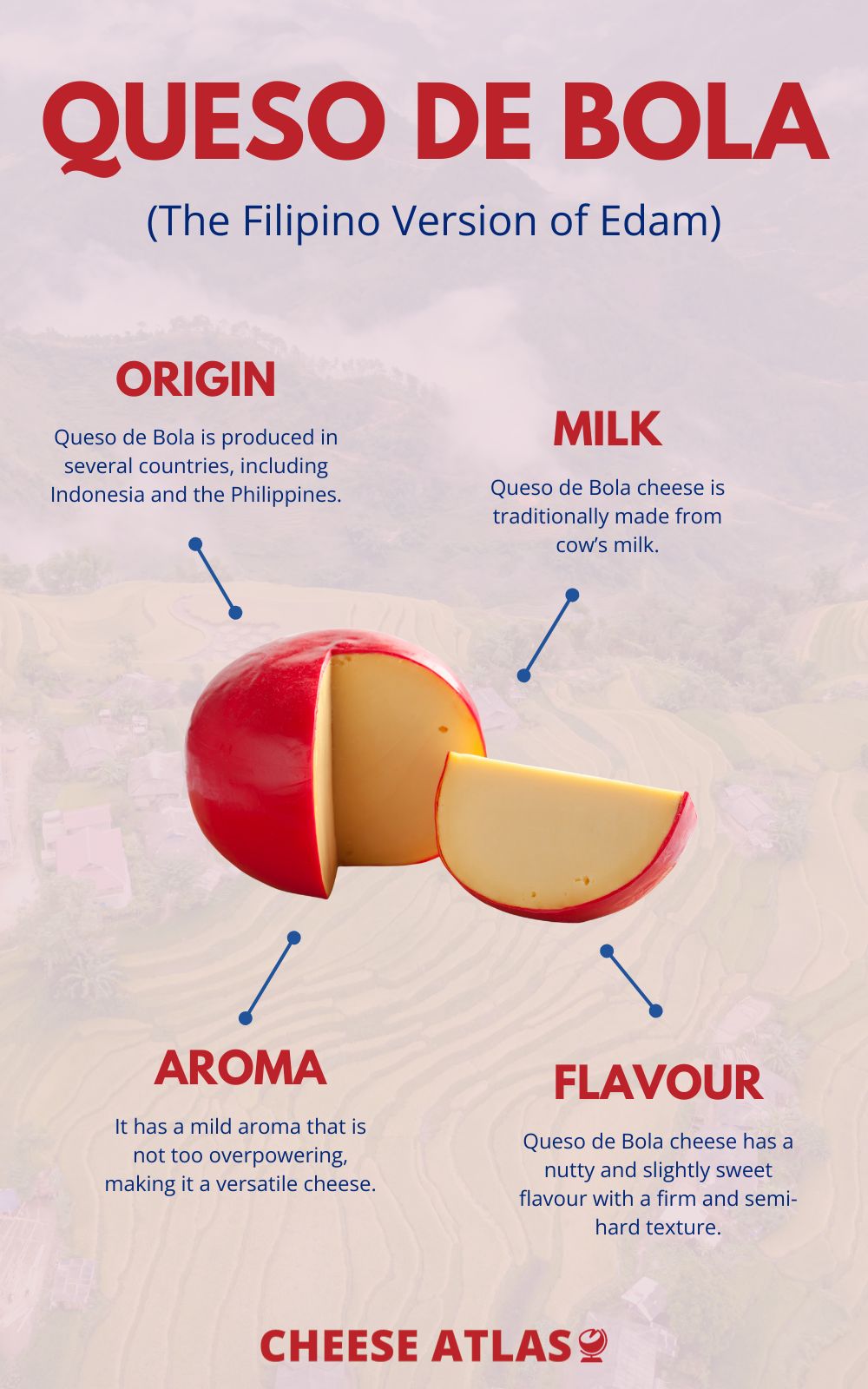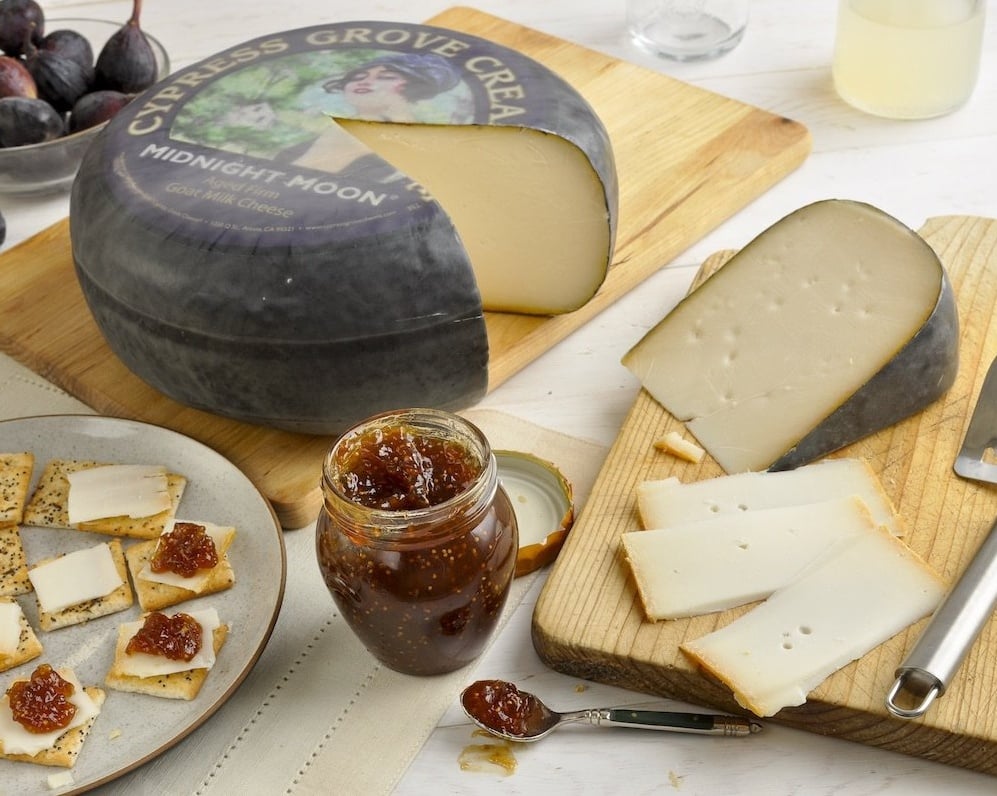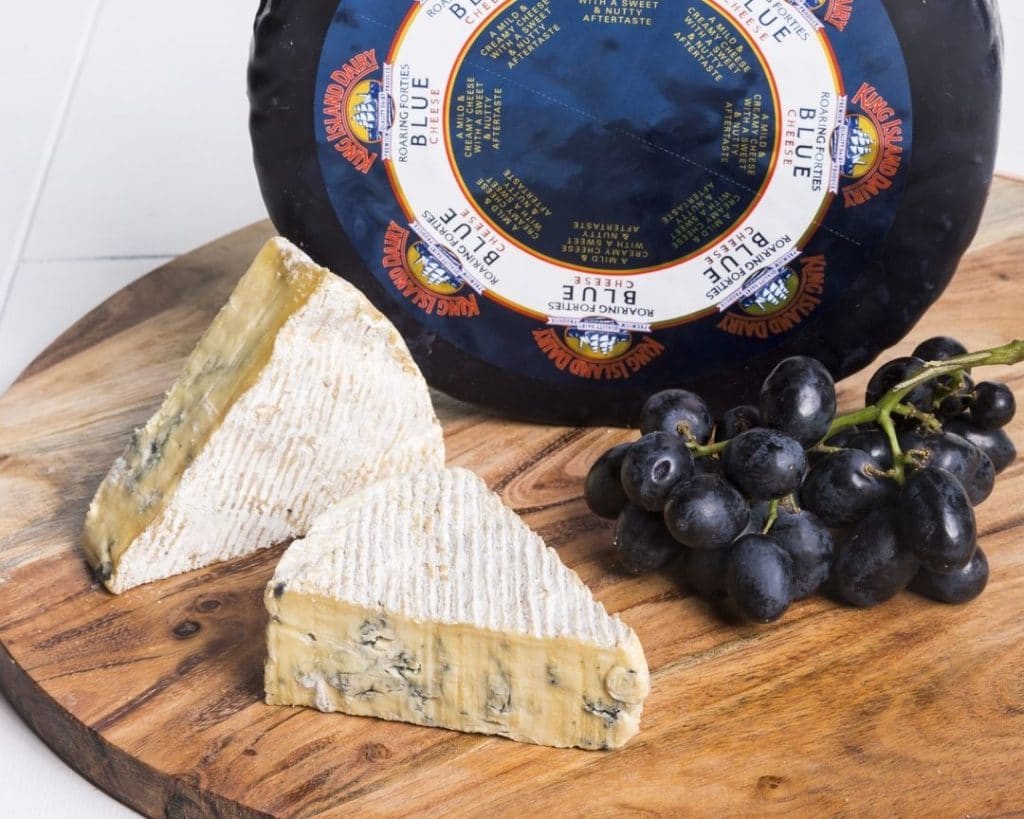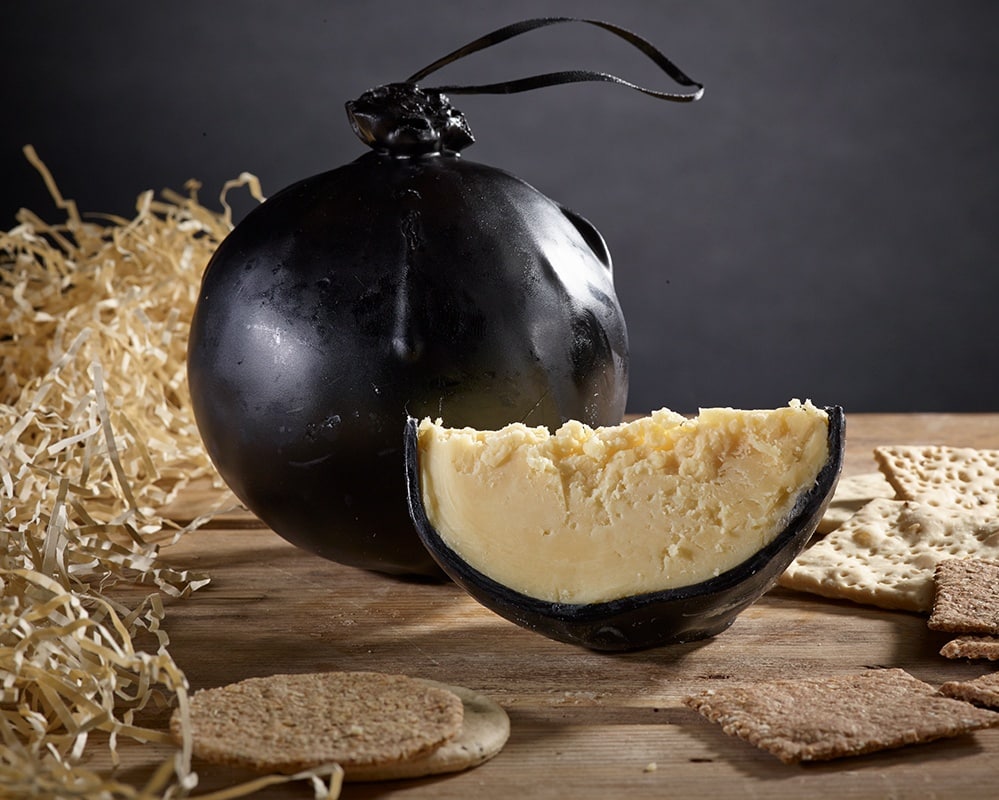Queso de Bola is a unique cheese that is loved by many cheese lovers around the world. This cheese is produced in several countries, but it is most famously associated with the Philippines. In this blog post, we will dive into the history of Queso de Bola, its production methods and the best pairings for it.

What is Queso de Bola?
The origins of Queso de Bola cheese can be traced back to the Netherlands. Actually, the recipe for Queso de Bola (Ball Cheese) is influenced by the famous Dutch cheese, Edam.
Edam has a rich history that spans centuries. It was first produced in the Netherlands during the 14th century. It was originally made from cow’s milk and was traditionally coated with wax to preserve it during long voyages at sea.
The Dutch East India Company brought this cheese to the Philippines during the colonial period. This cheese quickly became popular among Filipinos, and it eventually became a staple during Christmas and New Year celebrations.
How is it made?
Queso de Bola is produced in several countries, including Indonesia and the Philippines. In the Philippines, it is mostly produced in the province of Bulacan, which is located in the Central Luzon region. This region is known for its dairy industry and is home to several cheese factories.
Some of the most well-known producers of Queso de Bola cheese include Emborg, Hollandia and Magnolia. In the Philippines, it is produced by several local companies such as La Pacita, Marca Piña and Star Margarine.
Queso de Bola cheese is traditionally made from cow’s milk. The milk is first heated to a certain temperature to allow the curds to form. The curds are then pressed to remove excess whey, and the cheese is then shaped into a ball. Finally, the cheesemaker coats each ball of cheese with red wax to preserve it and give it its unique appearance.
Texture, aroma & flavour
Queso de Bola cheese has a nutty and slightly sweet flavour with a firm and semi-hard texture. It has a mild aroma that is not too overpowering, making it a versatile cheese that can be paired with a variety of flavours.
Serving guide
Queso de Bola cheese pairs well with a variety of foods, including crackers, bread, fruit, and nuts. It is also commonly used in Filipino dishes such as Ensaymada (sweet bread), Bibingka (rice cake) and Pan de Sal (bread rolls). For a savoury pairing, it can be paired with cured meats or roasted vegetables.
Alternatives to Queso de Bola
If you’re looking for alternatives to Queso de Bola cheese, here are three options:
Gouda: This cheese is similar to Queso de Bola in terms of texture and flavour. It is a semi-hard cheese that has a nutty flavour and is often coated in wax.
Asiago: This Italian cheese is also a semi-hard cheese that has a slightly nutty flavour. It is often grated over pasta dishes or used in sandwiches.
Comté Bleu: This young French cheese is a semi-hard cheese that has a nutty and fruity flavour. It is often used in fondue or grated over salads
Conclusion
In conclusion, this Filipino cheese is not just a culinary delight, but a symbol of tradition, celebration, and togetherness in Filipino culture.
This beloved cheese, with its rich history and unique flavour, has found its way into the hearts and homes of countless Filipino families. Whether it graces the dining table during festive occasions, enriches everyday meals, or serves as a thoughtful gift, Queso de Bola is more than just cheese; it’s a testament to the enduring love and pride that Filipinos have for their culinary heritage.



